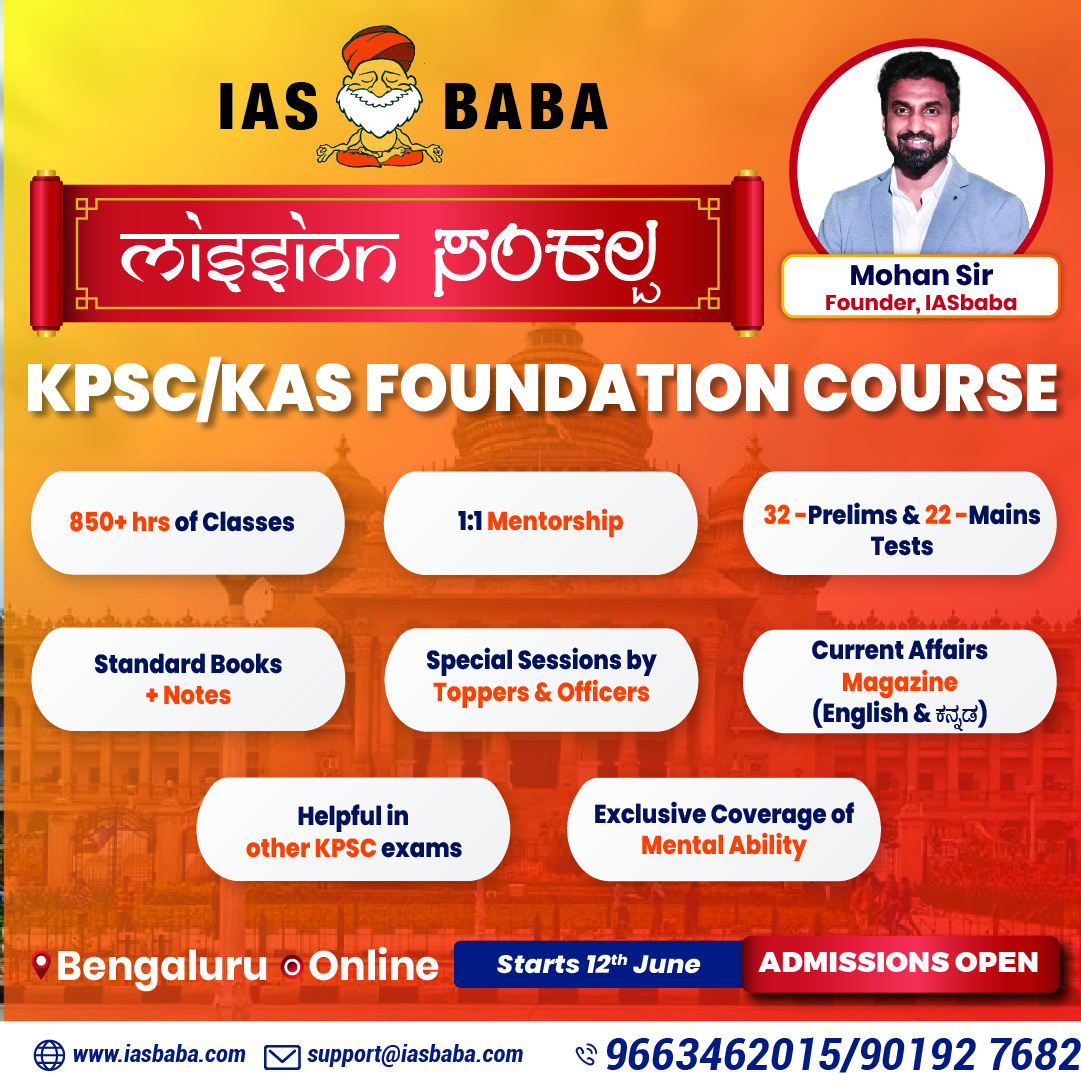UPSC Articles
UV-C technology
Part of: GS Prelims and GS -III – Science & Technology
In news Ultraviolet-C or UV-C Disinfection Technology will soon be installed in Parliament for the “mitigation of airborne transmission of SARS-COV-2’’.

What is UV radiation?
- UV radiation is the portion of the Electromagnetic spectrum between X-rays and visible light.
- The most common form of UV radiation is sunlight, which produces three main types of UV rays: UVA, UVB and UVC.
- UVA rays have the longest wavelengths, followed by UVB, and UVC rays which have the shortest wavelengths.
- While UVA and UVB rays are transmitted through the atmosphere, all UVC and some UVB rays are absorbed by the Earth’s ozone layer.
- So, most of the UV rays you come in contact with are UVA with a small amount of UVB.
How is it being used?
- UV radiations are normally used to kill microorganisms.
- Particularly, UV-C, also known as Ultraviolet germicidal irradiation (UVGI) is a disinfection method that uses short-wavelength ultraviolet light to kill or inactivate microorganisms by destroying their nucleic acids and disrupting their DNA, leaving them unable to perform vital cellular functions and stops their replication.
- UVGI is used in a variety of applications, such as food, air, and water disinfection.
- UVC lamps used for disinfection purposes may pose potential health and safety risks depending on the UVC wavelength, dose, and duration of radiation exposure.
- Direct exposure of skin and eyes to UVC radiation from some UVC lamps may cause painful eye injury and burn-like skin reactions.
- Some UVC lamps generate ozone. Ozone inhalation can be irritating to the airway.
- However, studies have shown that far-UVC light (207–222 nm) does not harm mammalian skin as they have a very limited range and cannot penetrate through the outer dead-cell layer of human skin
About the UV-C air duct disinfection system
- Developed by CSIR-CSIO (Central Scientific Instruments Organisation).
- The system is designed to fit into any existing air-ducts and the UV-C intensity can be calibrated according to the existing space.
- The virus will get deactivated in any aerosol particles by the calibrated levels of UV-C light.
- It can be used in auditoriums, malls, educational Institutions, AC buses, and in railways.
News Source: IE













